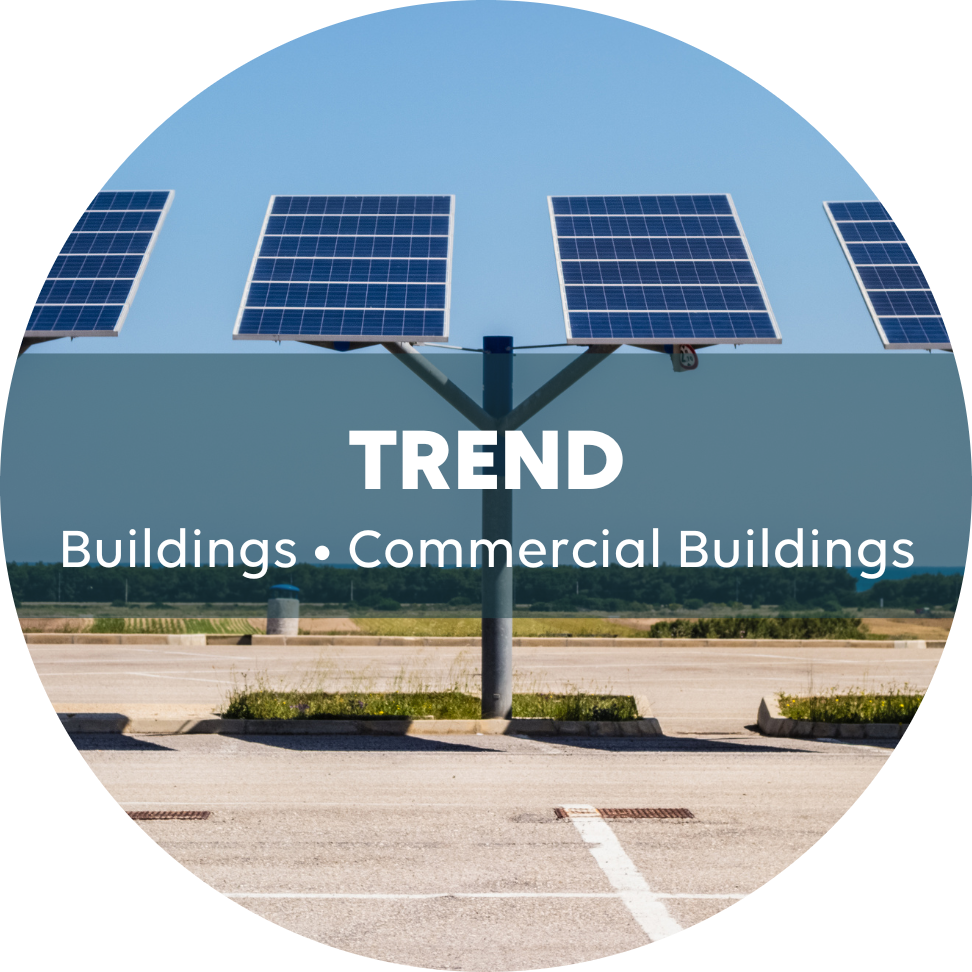Buildings • From efficiency to renewable energy generation: Commercial spaces in search of renewal favouring the low-carbon transition
Due to the large surface areas they occupy, and their relatively larger energy demand, commercial buildings hold great potential to reduce energy demand, increase energy efficiency, and also increase the share of renewables - the axes that guide the actions of stakeholders in the sector.

The operation of buildings accounts for over a quarter of global GHG emissions, with non-residential buildings in turn accounting for a significant share of this. Due to the large surface areas they occupy, and their relatively larger energy demand, commercial buildings hold great potential to reduce energy demand, increase energy efficiency, and also increase the share of renewables – either through sourcing or through on-site generation. The commercial sector can also influence trends like e-mobility, by hosting Electric Vehicle (EV) charging stations, while also being home to green spaces on built areas.
- Thermal energy consumption (i.e. energy use for space heating and cooling, water heating and cooking) is growing in building operations – it accounts for 77% of the sector’s overall energy consumption.
- The share of « non-residential » buildings in the global final energy consumption (acorss all sectors) is 10%.
- Regulatory frameworks for energy consumption in buildings are evolving, particularly in Europe and North America, and in some emerging countries.
Under the threat of a looming energy crisis in Europe, retailers are resorting to demand-side measures to reduce their energy consumption, by reducing lighting use or controlling artificially maintained temperatures, while also investing in more energy efficient equipment. The same applies in the United States, where the trend however is that of continuing business as usual, while resorting to energy efficiency measures and expanding renewables-sourcing and on-site generation. The most popular option for on-site renewable generation is rooftop solar, owing to the availability of larger surface areas. The functions of the large commercial surfaces also extend to low-carbon services, by providing access to EV charging stations. The footprint of these sites on land artificialisation remains significant and poorly studied: attention given to biodiversity is still marginal.


